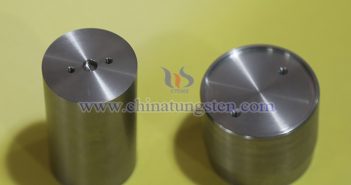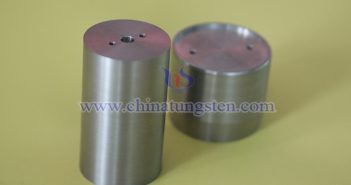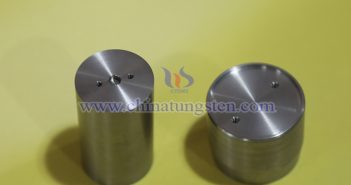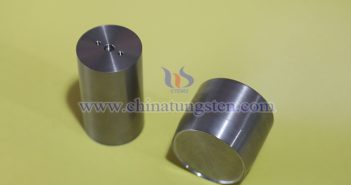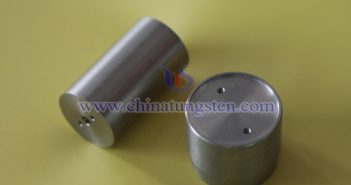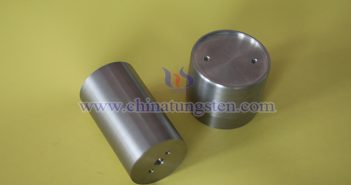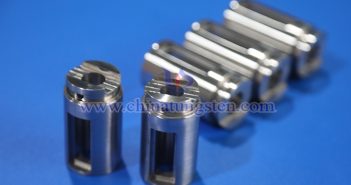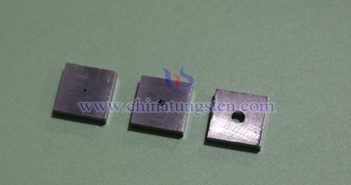
As a representative material among low-dimensional transition metal dichalcogenides, molybdenum diselenide (MoSe?) is widely used in various fields such as photocatalysis, energy storage, solid lubrication, microelectronics, and optoelectronics due to its unique crystal structure and excellent thermodynamic properties. Below is an introduction to the basic information of this material. 1. Definition Molybdenum diselenide is a compound composed of the rare metal molybdenum and the non-metal selenium, known in English as Molybdenum Diselenide, with the chemical formula MoSe?, a molecular weight…


